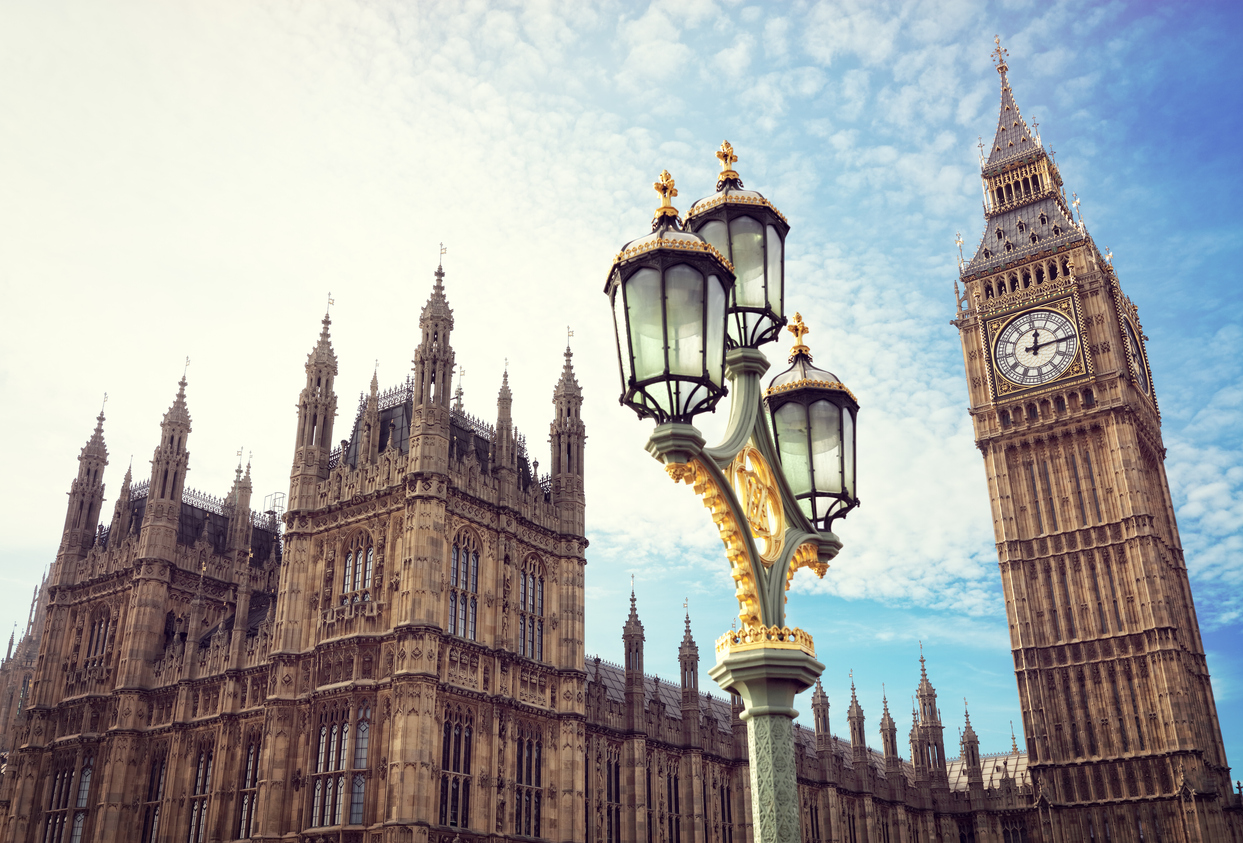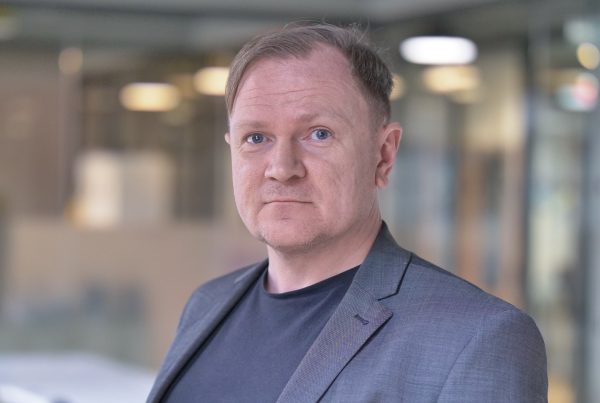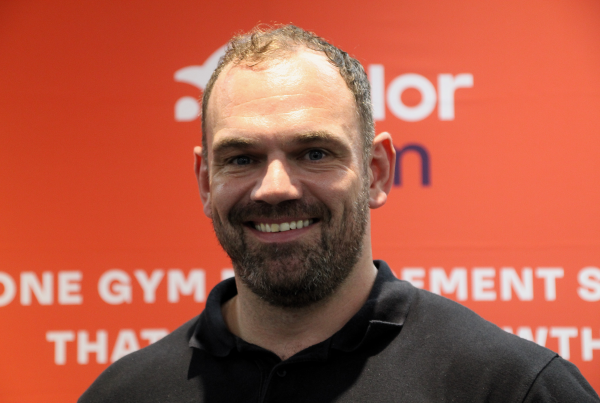By Clemency Lion, Director of Research, Policy and Communications and Stephen McLoughlin, Senior Public Affairs and Policy Manager at ukactive.
This year, ukactive attended three of the Political Party Conferences. The Conservatives, as they remain in Government with the power to make legislative changes – at least for the next six to twelve months. Labour, as they appear to be on the precipice of taking power after the next election and are preparing their plans for the nation. And the Liberal Democrats who, in a situation where neither of the main parties get a meaningful majority or, indeed, a majority at all, could become the Party to prop up those in power and thus wield the influence that will bestow upon them.
A two-horse race?
The Conferences this year had a different energy to them. While Rishi Sunak has delivered a certain level of political stability in comparison to his predecessors, there was a spirit of great uncertainty amongst the Tory troops. The issues the PM has made it his priority to tackle remain as large shadows over his premiership, and the less than twelve-month lead into a General Election year means an added pressure to deliver the change and improvements the nation so desperately needs. This is all against a poor economic backdrop, enormous debt forcing cautious budgeting and new found national cynicism about the Conservatives economic prowess. Rather than uniting in their fight to retain control, the Conservative Party seems torn in deciding which economic approach to take, feeling more like they are preparing for opposition and jostling for positions in a future shadow cabinet.
Conversely, the Labour Conference had an atmosphere of cautious optimism, borne out of a proximity to power not felt since 2010, but with the knowledge that a year is a long time in politics. This is a massive opportunity and the Party firmly believes they can take power next year, but they are all too aware of their own capacity to snatch defeat from the jaws of victory. This trepidation bled into policy discussions across the Conference, with plenty of policy ideas and lively debate, but little in the way of firm commitments from Labour representatives. This was more about setting a vision for the country, than setting out exactly how this would be achieved, evidencing a far from a fully developed policy programme or accounting of what Labour would do in Government.
Far removed from the two main Parties, the Liberal Democrats still seem more focused on winning over Tory voters than establishing their own policies on which to stand.
Taking stock
However, a common theme across all three conferences was a grave concern about the health of the nation and its workforce.
There were countless fringe events on the topics of health, wellbeing, economic inactivity, sustainability of the workforce and the NHS. The rooms for most of these events were at full capacity, with some seeing people turned away or operating a ‘one in one out’ policy, demonstrating the topic’s importance not just to the politicians but also to the people.
Speakers at the events included businesses, charities, journalists, trade associations, parliamentarians and ministers from departments across whitehall, including the Department for Digital, Culture, Media & Sport (DCMS), Department for Health and Social Care (DHSC) and the Department for Work and Pensions (DWP), with the subject even spilling into conversations with the Department for Environment, Food & Rural Affairs (DEFRA) and Treasury. And, within all these conversations and events, the common thread making the intrinsic link to physical activity as an important piece of the solution puzzle.
This acknowledgement is really important for the sector, as is the clear intent to improve the situation, but what is concerning is the seeming lack of concrete ideas about how to put this into practice and encourage more people to get active.
That’s where the ukactive team and our members come in.
Steaming ahead
Last week, ukactive hosted a Health Summit, bringing together senior leaders from the health, charity, business and physical activity sectors to talk about the actions that can be taken by those around the table and further afield to build the evidence base for legislative interventions at a national level whilst also delivering results on the ground at a regional level.
We continue to research, build and deliver initiatives and policy ideas that will grow the sector as a whole and the physical activity and participation levels of the nation. There will be plenty of opportunity between now and the General Election to ensure the demands of the physical activity sector, and our vision for a heathier Britain, are part of that discussion, building on the work of the National Sector Partners Group, including the pledge to make the UK the most active nation in Europe and the opportunities set out in the ‘Unlocking the Potential’ report.
At the same time as suggesting and delivering solutions, we will seek to prevent any further barriers being put in the way of this progress. This includes lobbying alongside other business and trade bodies to maintain the freeze on the business rates multiplier at the Autumn Statement in November.
Conference season has shown two parties who are crying out for solutions to the malaise they both accept has gripped the country. It is now up to the sector to provide the answers.

More People More Active More Often




